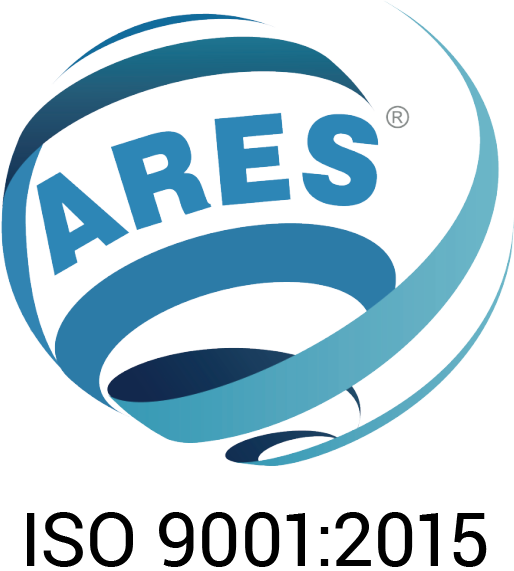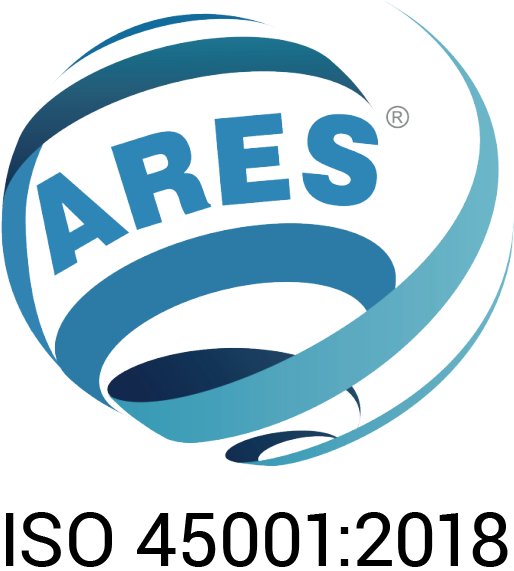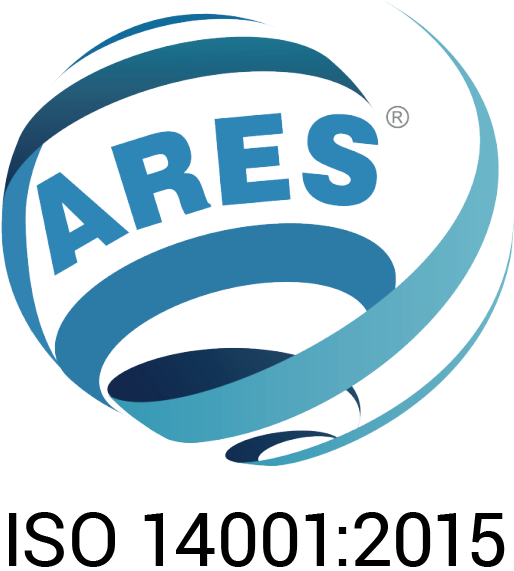
Understanding L1–L5 Commissioning in Data Center Projects: Ensuring Reliability, Integration, and Operational Readiness
Commissioning is a critical phase in any engineering project, but in Data Center developments, it holds even greater significance due to the operational, financial, and reputational risks involved. Among the various levels of commissioning, the L5 Integrated System Test plays a pivotal role in verifying that all systems work seamlessly before final handover.
In the context of Data Centers, commissioning ensures that mechanical, electrical, plumbing, fire protection, security, IT infrastructure, and critical cooling systems operate to design intent and meet uptime requirements essential for data-driven operations. A systematic commissioning approach in Data Centers comprises five distinct levels:
– Level 1 (L1) – Factory Acceptance Test (FAT)
Known as the Red Tag test, L1 is conducted at the manufacturer’s facility to verify that individual components or equipment meet design specifications prior to shipment. For Data Centers, this includes items like UPS systems, PDU’s, CRAC units, and switch-gear, ensuring performance compliance before delivery to site.
– Level 2 (L2) – Site Acceptance Test (SAT)
Referred to as Yellow Tag testing, L2 is performed on-site after equipment installation to confirm that each item is correctly installed, undamaged, and operational. In Data Centers, L2 often covers installation verification for power distribution systems, cooling equipment, and IT racks to ensure readiness for integration.
– Level 3 (L3) – Pre-Functional Test
Also called Green Tag testing, L3 focuses on standalone testing of individual systems or subsystems such as HVAC, fire alarms, lighting, and security systems to verify their independent functionality before integration with other systems.
– Level 4 (L4) – Functional Performance Test
Represented by Blue Tags, L4 validates that each system performs as intended within its respective discipline under various operating conditions, including part-load, full-load, and failure scenarios, ensuring that control sequences and redundancy features operate correctly.
– Level 5 (L5) – Integrated System Test (IST)
The culmination of the commissioning process, L5 or White Tag testing, verifies that all systems within the Data Center interact seamlessly as an integrated facility. This level simulates real-world operational and failure scenarios to confirm system response and resilience.
Why L5 Commissioning is Critical in Data Centers
The primary objective of L5 commissioning in Data Centers is to validate that all mission-critical systems—power, cooling, fire suppression, BMS, security, and IT infrastructure—perform reliably and cohesively under normal, abnormal, and emergency conditions. For example:
- Testing UPS switchover without IT load interruption
- Simulating utility power failure and generator auto-start
- Verifying fire alarm activation triggers HVAC shutdown and damper operations
- Ensuring seamless operation of redundant cooling loops during failure scenarios
Such tests demonstrate compliance with Tier certifications (e.g. Uptime Institute), design specifications, client operational standards, and regulatory codes, while ensuring operations teams are fully trained to manage the facility post-handover.
Executing L5 Commissioning in Data Centers
Execution begins with verifying completion of L1–L4 tests and resolution of all punch-list items. Detailed Integrated System Test procedures are developed, outlining each scenario, expected outcomes, and acceptance criteria. Coordination is paramount, involving MEP contractors, controls vendors, IT teams, commissioning authorities, and client representatives to align on:
- Test sequences and safety protocols
- Risk assessments for live tests
- Roles and responsibilities for witnessing and sign-offs
Each result is carefully documented. Any deficiencies identified are resolved and re-tested to ensure no latent failures remain before the facility goes live. Comprehensive turnover documentation—including test reports, certificates, O&M manuals, and as-built records—is then compiled for client acceptance.
Challenges of L5 Commissioning in Data Centers
Despite its criticality, L5 testing poses unique challenges in Data Centers:
- Complex multi-disciplinary coordination for integrated testing
- Time-consuming procedures that may impact go-live schedules
- High safety risks, especially when simulating utility failures or emergency shutdowns affecting critical equipment
- Stringent client requirements for compliance, often requiring multiple re-tests to meet operational standards





